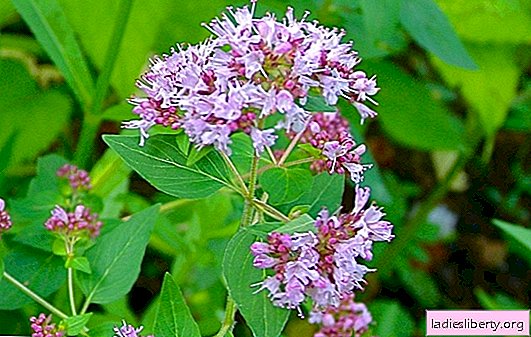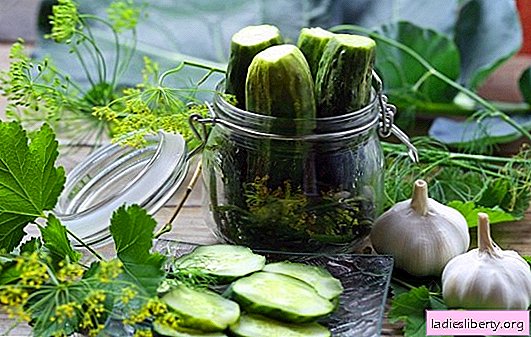
Of the many existing varieties of potatoes, gardeners prefer to grow early ripe and high-yielding, they all include the beloved potato variety Impala. But these characteristics alone are not enough to get a rich harvest. You need to know all the features of potatoes and the principle of its cultivation.
How to distinguish impala potatoes from the rest: photos of tubers
Potatoes of this variety were bred in Holland, but came to us relatively recently. It is recommended to grow it in the southern and middle lane, in good weather conditions, you can get two crops per season.
Externally, potatoes can be distinguished from the rest of the varieties by characteristic signs:
· Smooth thick peel without roughness;
Cream color of the skin;
· A small number of superficial ocelli;
Light or yellowish flesh;
Oval shape.
The weight of the tubers is average, from 100 to 150 gr. The taste is good, the color of the pulp does not change during processing. In addition, the fruits retain their attractive appearance throughout the entire storage period, easily tolerate transportation. When stored, the crop does not germinate.
Nutritional value and purpose of potato variety Impala
Tubers of this variety contain many useful substances, vitamins, proteins and organic acids. The starch content in tubers is up to 14%, which is relatively low for potatoes. Due to this, the fruits do not fall apart during cooking, but become soft.
The variety is intended for the preparation of various first and second courses. Mashed soups are especially delicious.
Description of the potato bush and biological characteristics of the variety "Impala"
The variety has established itself as superearly; only 45 days pass from germination to the first harvest. Harvesting occurs on the 65-75 day of cultivation. With one bush, with good care, it is possible to collect up to 20 large tubers. On an industrial scale, it is about 50 t / 1 ha.
Productivity is high, does not depend on weather or climatic conditions. The bushes tolerate cold snap, drought and other weather changes. Resistant to various diseases.
The potato bush grows directly, branches well, forms up to 6 shoots. The height of the bush is about 75 cm, the leaf cover is good. The leaves are wavy, medium-sized, bright green. The bush blooms profusely. The flowers are white with an orange center, collected in inflorescences.
Benefits of the Impala Potato Variety
From the foregoing, we can conclude that the advantages of the variety are:
Early maturity;
· High productivity;
· Good taste;
· marketable condition;
· A long period of storage of tubers;
· Resistance to damage and weather vagaries;
· Resistance to diseases and pests.
But there were some flaws. The variety has medium resistance to scab, late blight, and rhizoctoniosis.
Preparation of tubers of high-quality potatoes "Impala" for planting
Tubers can not be warmed up and not germinated before planting on an industrial scale. But at home, these measures significantly increase productivity.
Impala tubers germinate for a long time, so for an early harvest it is better to lay them in advance in the heat. The fruits are pulled out of the store, laid out in vegetable boxes in one layer and put in the brightest place. The temperature in the room should not fall below + 20 ° C for a month. After that, the temperature is lowered to 15 ° C.

Experienced gardeners recommend germinating potted tubers. To get an early harvest, tubers are planted in a pot in early March, then in April they can be transplanted into the open ground.
1. Fill the pots with nutritious soil mixture, place the cut tubers and moisten the soil well.
2. Cover the container with a film and remove to heat until emergence.
3. Remove the film as soon as the shoots appear.
For germination, select healthy tubers with a large number of eyes. From them you can get more crop. Before planting in the soil, treat the fruits with potassium permanganate or other preparations for 30 minutes, then sprinkle well with ash.

Agricultural technology for growing potatoes of the Impala variety
The vegetable grows well and develops in any soil, but in order to increase productivity, some growing rules should be followed.
It is scientifically proven that a large potato crop can be harvested only in open ground. Good predecessors for Impala will be beans, cabbage, winter cereals, corn, perennial herbs. Highly recommended to plant varietal potatoes after tomatoes, peppers or eggplant. In addition, it is required to observe crop rotation, and not to grow tubers for two years in one place.
Potatoes are grown on light or medium soils, so first you have to take care of loosening it. Fruits with good commercial characteristics can be obtained on beds rich in humus. Under landing make ash.
The beds are located from north to south or from south to east, so they will receive more sunlight, which favorably affects productivity. Prepared fruits are planted shallow, they form a comb from the soil to a height of 7-10 cm. So the potatoes take root faster, the crop is large. Between holes leave up to 30 cm, and between rows up to 50 cm.
 Harrowing is carried out 10 days after planting in order to destroy the soil crust, destroy weeds. After heavy watering or rain, the beds are fed with infusion of mullein, bird droppings or humus. Shoots appear at an air temperature of + 18 ° C.
Harrowing is carried out 10 days after planting in order to destroy the soil crust, destroy weeds. After heavy watering or rain, the beds are fed with infusion of mullein, bird droppings or humus. Shoots appear at an air temperature of + 18 ° C.
How to collect two crops of potatoes of the Impala variety
An early-ripening variety allows you to grow two crops per season, but for this a little trick is used.
In cloudy weather, the first, earliest crop is harvested by digging bushes. Only the largest tubers are harvested, and the bush is again dug up. The bed is abundantly watered. In a month, small tubers build up mass, more fruits appear. Thus, it is possible to increase the yield of the beds twice.
Features of the care of varietal potatoes "Impala"
This variety is able to bear fruit in dry soil, but productivity is significantly reduced. To collect the highest possible yield, you need to observe the level of soil moisture. Bushes form well tubers in moist, breathable soil. To do this, the soil on the beds is always kept moist.
If the summer was rainy, then atmospheric precipitation may well be enough. Do not forget to loosen the crust on time.
Fertilizing the beds is done in a dosed manner. Organics are used in autumn for plowing or in early spring. But mineral fertilizers, especially nitrogen fertilizers, are applied carefully. Their overabundance adversely affects the taste of tubers. Phosphorus-potassium top dressing is done only in autumn, after harvesting. During the growing season, it is better not to use mineral fertilizers.

During the period of active growth and development of the bush, it is treated for late blight. The opinion of many gardeners that tubers are immune from this disease, which means that the bush does not need treatment, is erroneous. The fact is that the amount of yield directly depends on the health of the bush. When the first signs of late blight appear on the leaves, the tubers cease to grow actively, and yield decreases. It is better to prevent this situation by doing preventive spraying.











